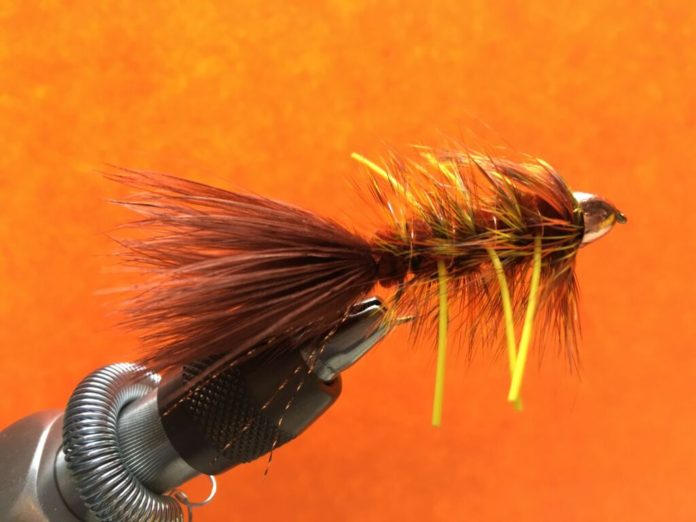Do you have the ambition to tie your own flies? Getting started doesn’t have to be daunting, especially with the wealth of fly shops around here, the amazing books available and the treasure trove of information on the internet. Hooking trout (or tarpon, for that matter) on something that you created can bring a whole new level of joy to your fly fishing. One of the best byproducts of tying your own is that it ultimately increases your entomological knowledge and understanding of what bug is hatching and how to match it.
Beginner tying kits generally provide everything needed to start tying flies, including a vise, materials, hooks, fur and feathers, head cement, tinsels and the like. The other option is to start tying “a la carte,” building your selection of tools, materials and vise a little bit at a time, learning one fly at a time.
Firstly, don’t put the cart in front of the horse when it comes to the patterns you want to start producing. You need to crawl before you can walk, and the same principle applies to fly tying. Tying pretty and proportionate patterns really takes hours of practice, some would argue months and years, depending on your ambition and attention to detail. Don’t get yourself frustrated attempting difficult patterns out of the gate — start with the “easy” stuff.
The first few hundred flies you tie might be downright ugly. They will likely be too fat, too skinny, too long or too stubby. That’s OK, and you will find most fish won’t care that your thorax wasn’t tapered properly or your tails were too long on your RS2 Nymphs. But you will. After mastering worms, move on to eggs, small midge pupae and larvae (such as brassies and Zebra midges) and then the Pheasant Tail, Hare’s Ear and Wooly Buggers. When you stick to this progression, the skills you learned in the last fly often complement the next one, and so on. Crawl before you walk, walk before you try to run.
This report is provided every week by Taylor Creek Fly Shops in Aspen and Basalt. Taylor Creek can be reached at 970-927-4374 or TaylorCreek.com.

Readers around Glenwood Springs and Garfield County make the Post Independent’s work possible. Your financial contribution supports our efforts to deliver quality, locally relevant journalism.
Now more than ever, your support is critical to help us keep our community informed about the evolving coronavirus pandemic and the impact it is having locally. Every contribution, however large or small, will make a difference.
Each donation will be used exclusively for the development and creation of increased news coverage.
Credit: Source link































